Partnership brings threatened species back to Cossatot River
ON 09-20-2024
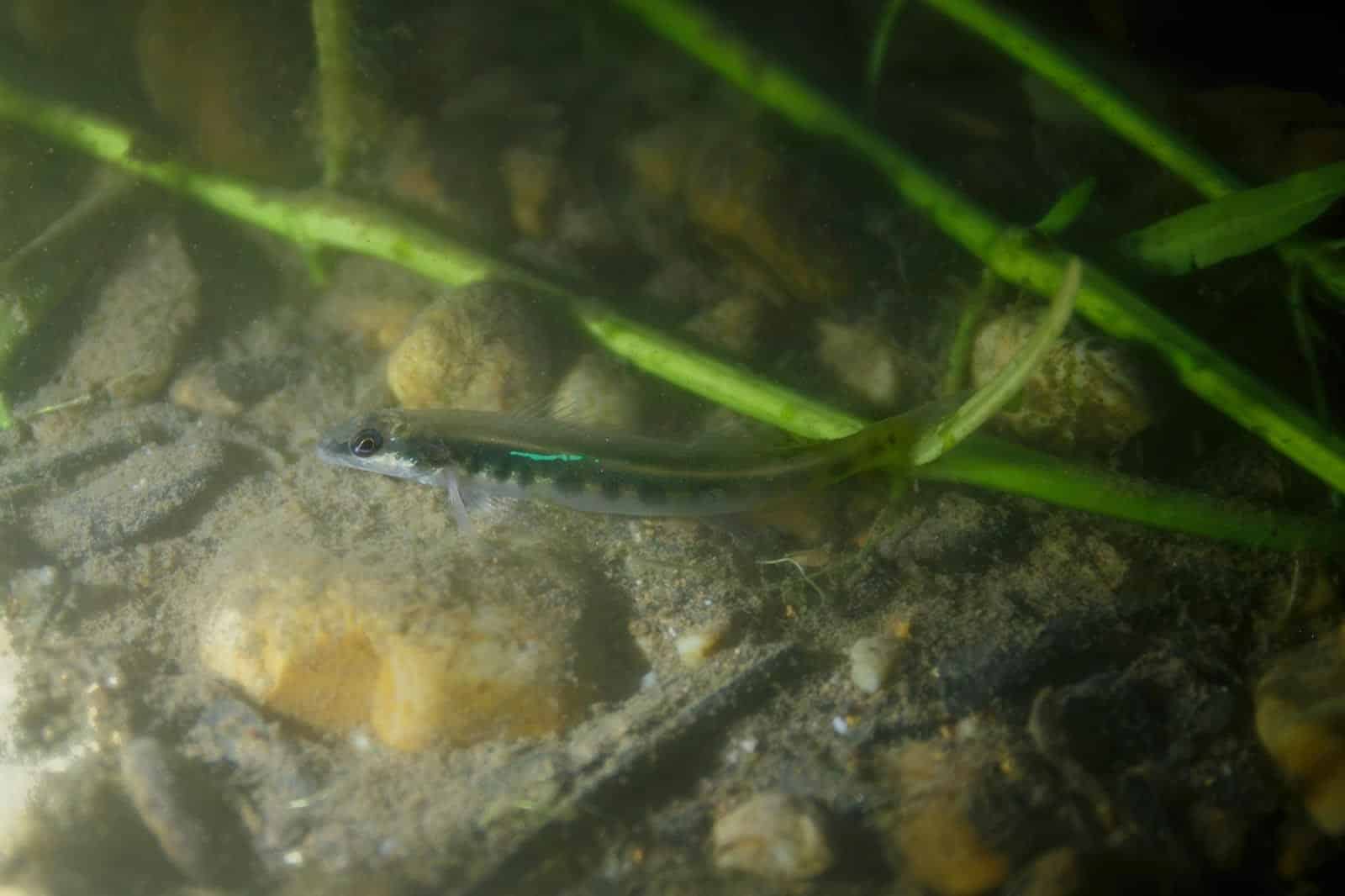
UMPIRE — The Arkansas Game and Fish Commission last week released 80 leopard darters into the wild thanks to the help of many partners at the state and federal level, as well as Conservation Fisheries, LLC, a private hatchery specializing in propagating rare and threatened species.
According to Chance Garrett, fish ecologist for the AGFC, this release is the first of two scheduled for the Cossatot River in western Arkansas this year and is the first historical reintroduction effort of leopard darters anywhere.
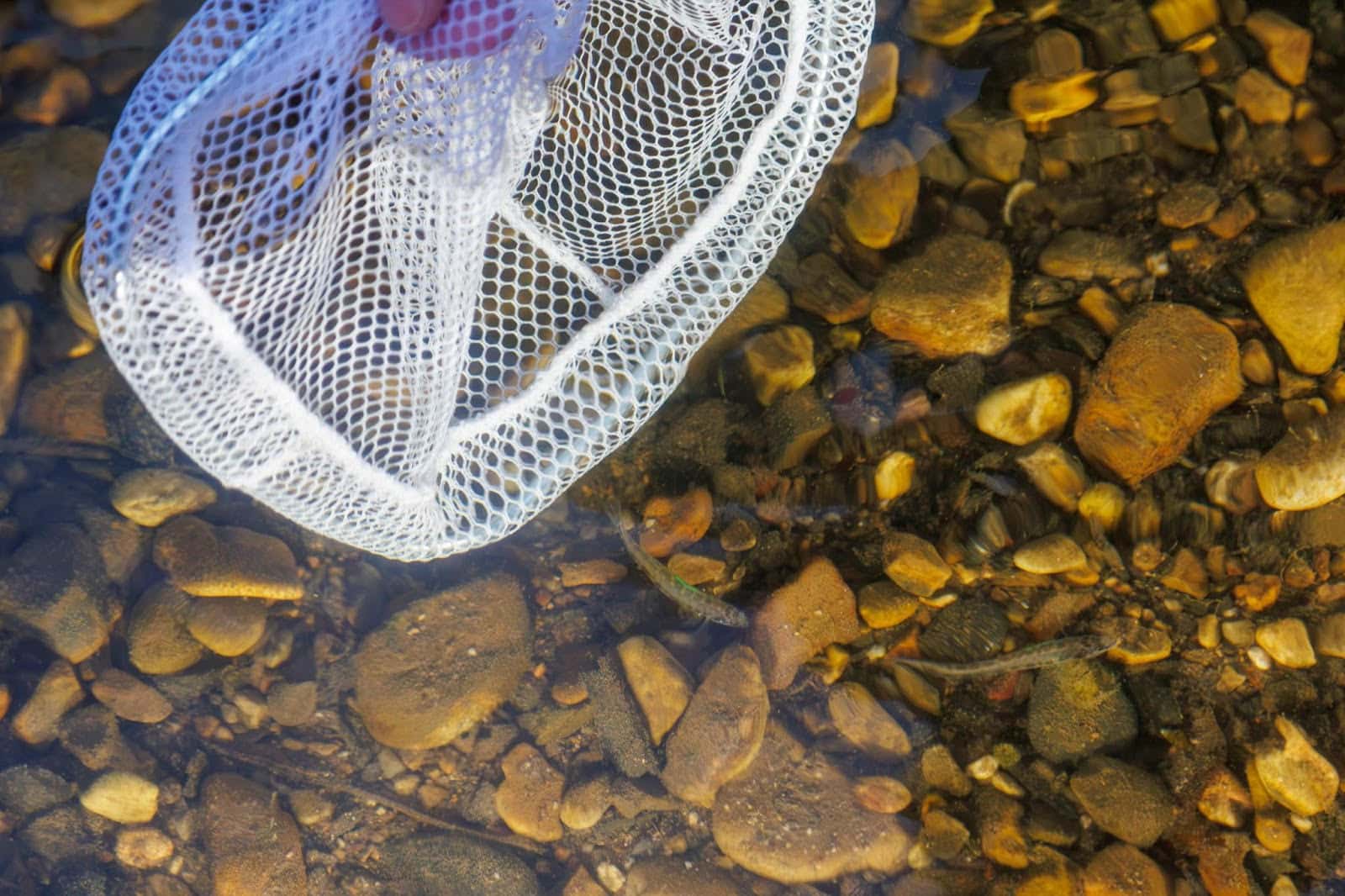
“We plan to release another 250 leopard darters in early October,” Garrett said. “All of the fish were grown from broodstock that originally came from the Mountain Fork River which flows from Arkansas into Oklahoma.”
The leopard darter was added to the Endangered Species Act’s threatened status in 1978. It is only found in Oklahoma and Arkansas and has seen substantial declines in its remaining populations.
“They originally thought it was only found in Oklahoma, but some populations were found in the Rolling Fork and Cossatot after its listing,” Garrett said. “Those two populations are thought to no longer exist, so this effort to re-establish them is extremely important.”
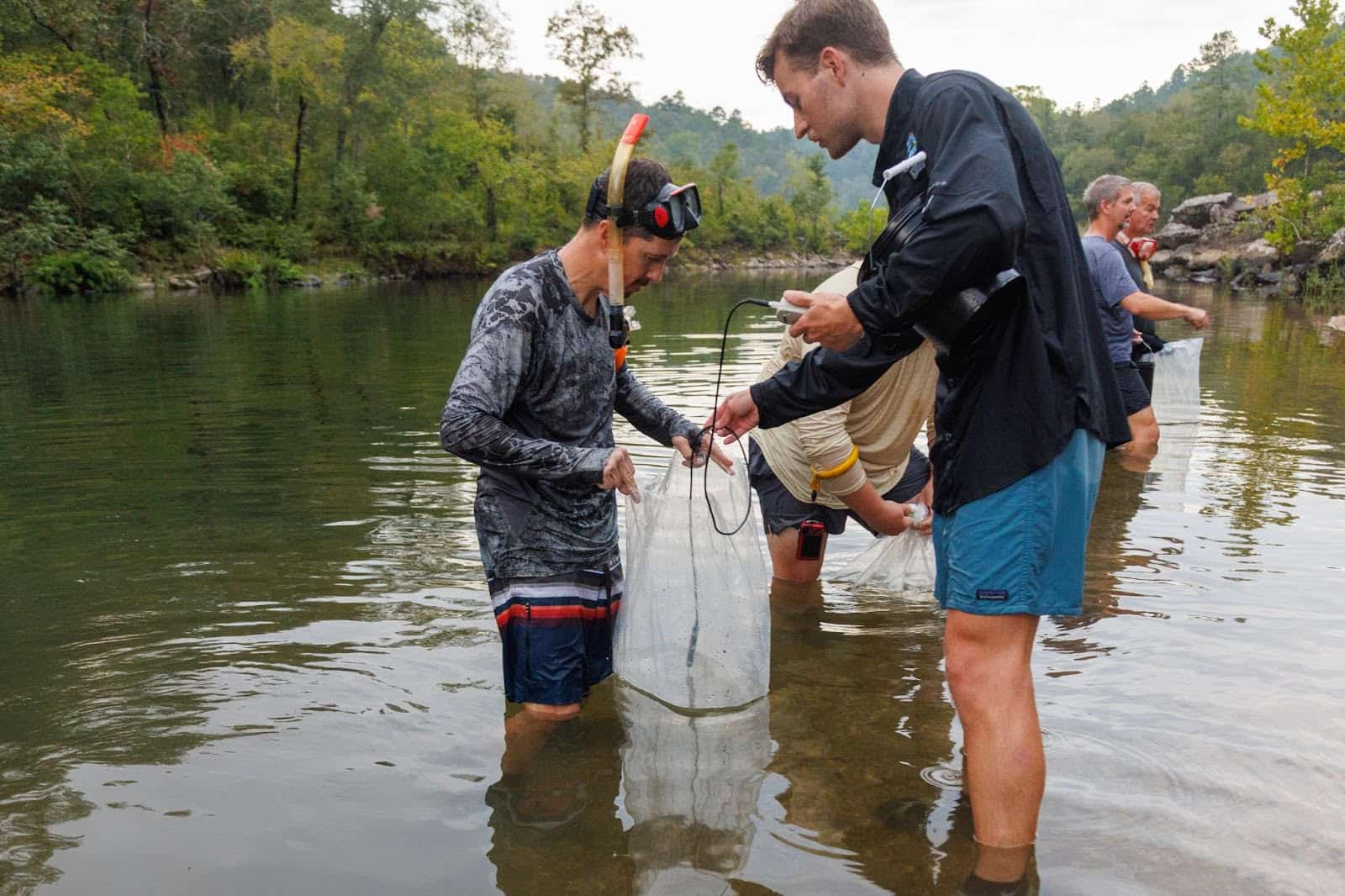
Garrett says if the effort is successful, it may change the way the species is managed in the future.
“This is actually the second year of the project,” Garrett said. “The first year we saw low survival at the hatchery level, but those fish that did survive were added to the broodstock for this year’s effort. The people at Conservation Fisheries have been doing this sort of work longer than I’ve been alive, so they’ve really been a key source of information on how to move forward with the project with the success we’ve seen so far.”
Additional partners in the effort included Arkansas Natural Heritage Commission, Arkansas State Parks, U.S. Fish and Wildlife Service representatives from Oklahoma and Arkansas, USDA Forest Service’s Ouachita National Forest, and Oklahoma Department of Wildlife Conservation.
The fish, all measuring only an inch or two at stocking size, were transported from the hatchery to their final destination in under a day.
“They left the hatchery in Knoxville, Tennessee that morning, and Jeff Quinn, AGFC Rivers and Streams Program supervisor, and I met them in Memphis,” Garrett said. “Then I drove them to the Cossatot on the other side of Arkansas by 6:30 p.m. or so.”
Once at the river, the fish had to be tempered to the water they would call home.
“It’s similar to how you’d add fish to an aquarium at home,” Garrett said. “They’re in bags, so you have to let them slowly acclimate to the temperature of the river water by floating the bag in it. Then you let some river water in to help them adjust slowly to the chemistry of that location. After a while, they’re ready for the final release.”
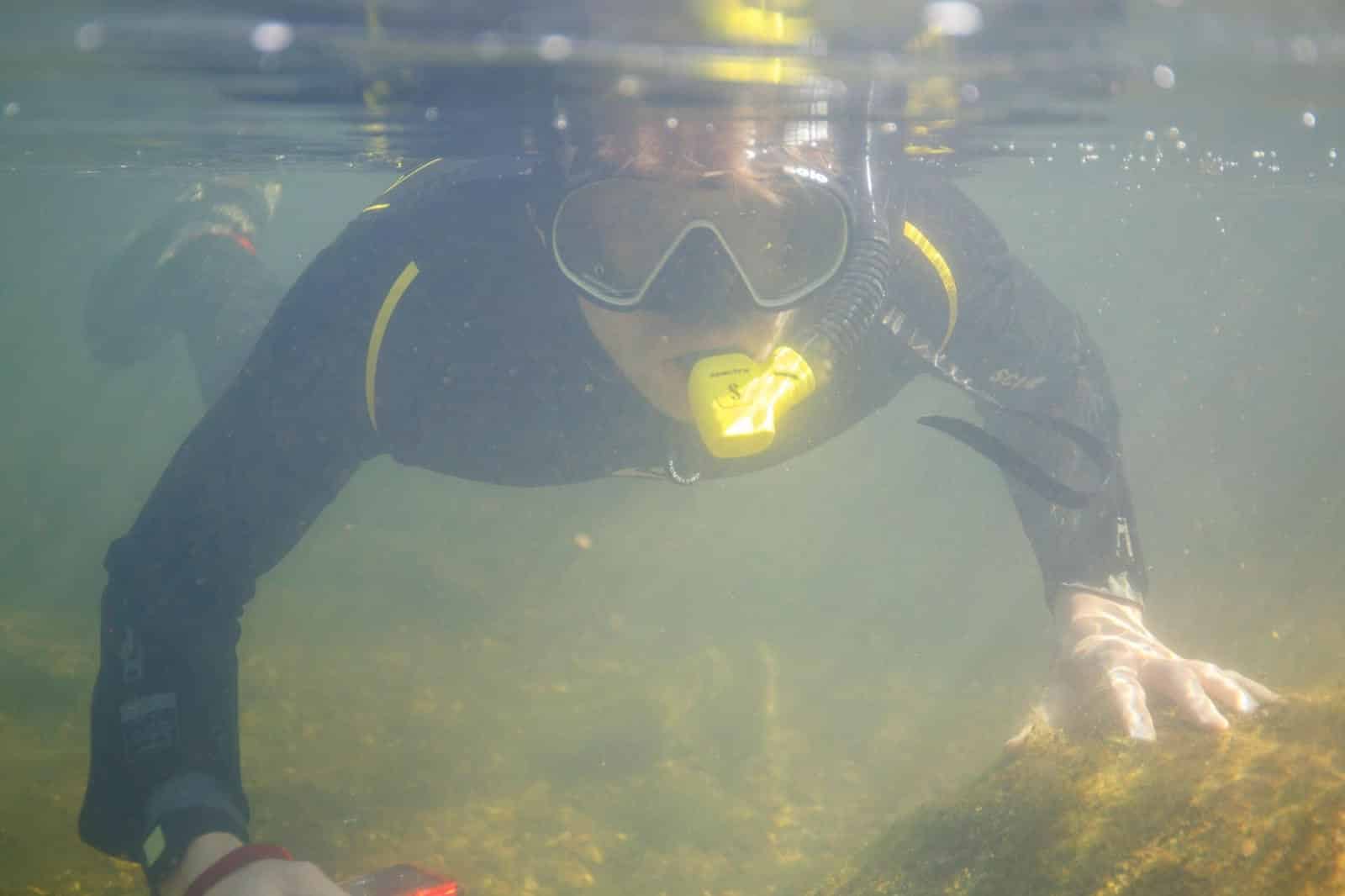
Staff worked well into the night to make sure the fish had the best chance possible of surviving. The morning after the release, they scanned the pool where the fish were introduced.
“We found some still in the pool, but the rest had already dispersed,” Garrett said. “Hopefully we’ll see them in future survey efforts. I’ll be out there as much as I can to keep an eye out for them. Ultimately our goal is to see some spawning activity in spring.”
With a little luck, perhaps the partnership can turn the tide for one of the longest-standing members of the Endangered Species Act.
####
CUTLINES:
LEOPARD DARTER
AGFC released 80 leopard darters into the Cossatot River last week, marking the first reintroduction effort in history. Photo by Mike Wintroath.
CHECKING BAG
Chance Garrett, AGFC fish ecologist, checked on the young fish to ensure they were adjusted to the river water before release. Photo by Mike Wintroath.
NET RELEASE
Fish were released into promising habitat in the Cossatot River, where they once lived. Photo by Mike Wintroath.
SNORKELING
Biologists will monitor the release sight until cold weather to look for surviving leopard darters. Photo by Mike Wintroath.
Recent News

CWD-positive deer found in Grant, Sevier counties
Dec. 19, 2025
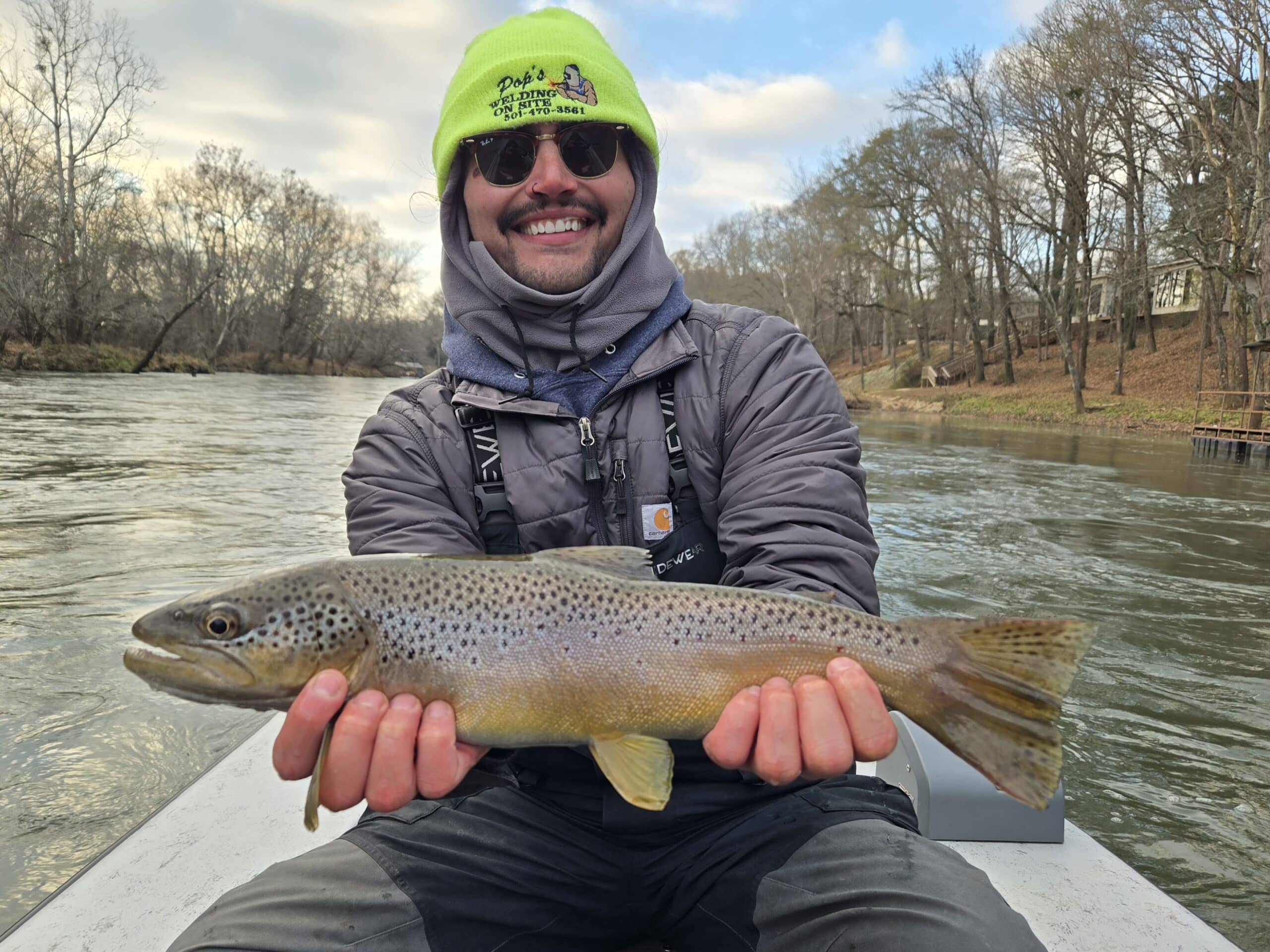
Arkansas Wildlife Weekly Fishing Report
Dec. 18, 2025
Subscribe to Our Weekly Newsletter E-mails
Don’t miss another issue. Sign up now to receive the AGFC Wildlife Weekly Newsletter in your mailbox every Wednesday afternoon (Waterfowl Reports are published weekly during waterfowl season and periodically outside the season). Fishing Reports arrive on Thursdays. Fill in the following fields and hit submit. Thanks, and welcome!
